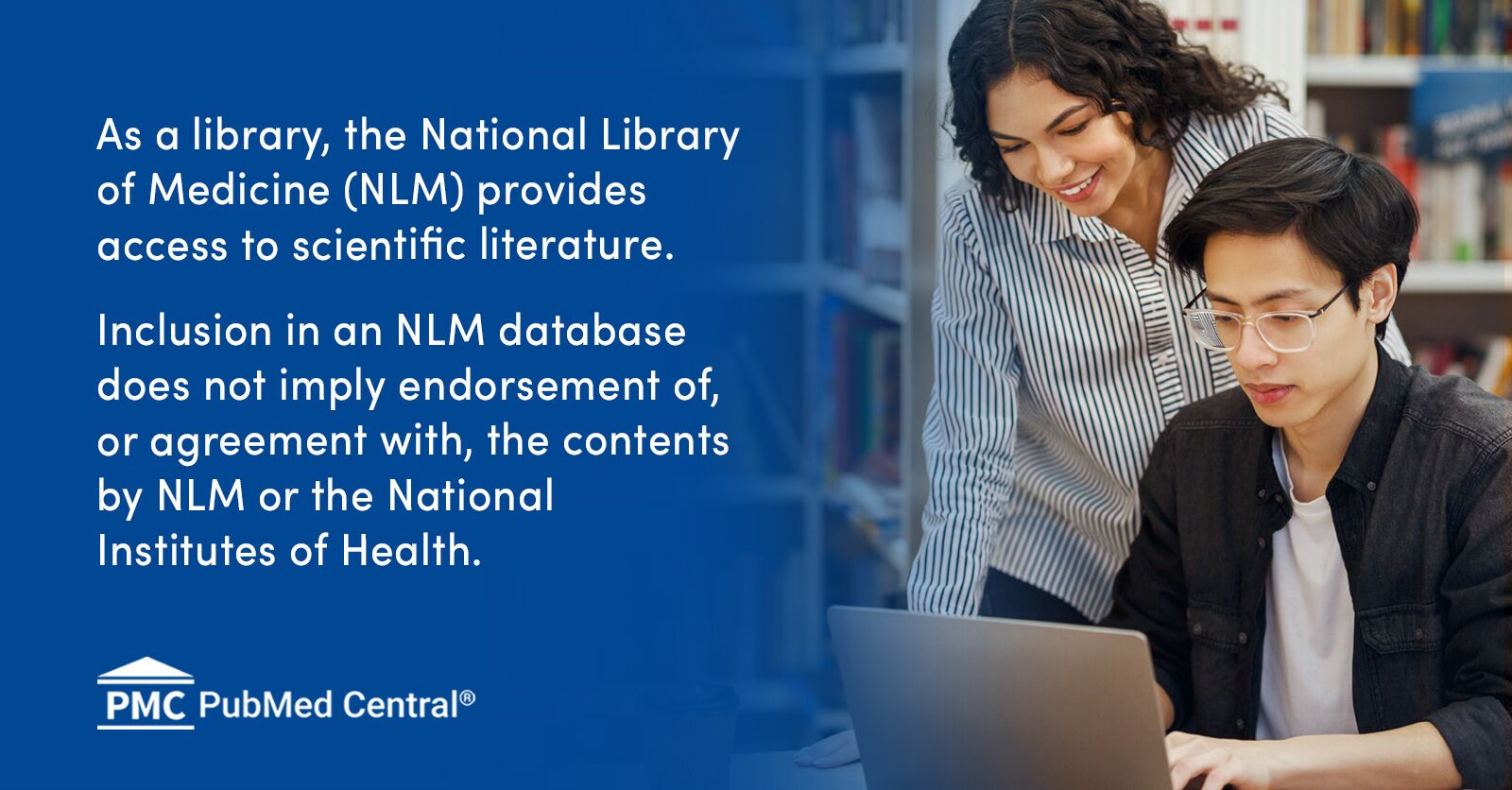- Joined
- Apr 30, 2021
- Messages
- 1,554
- Reaction score
- 544
Vertebroplasty for traumatic non osteoporotic compression Fractures

 pubmed.ncbi.nlm.nih.gov
^^granted above did not show major difference in primary outcomes but the secondary did improve
pubmed.ncbi.nlm.nih.gov
^^granted above did not show major difference in primary outcomes but the secondary did improve
Compared to NSM, the SpineJack treatment is associated with:
(+) Shorter median hospital stay duration (4 vs 5 days, p<0.001)
(+) Shorter median time to return to work (94 vs 122 days, p=0.013)
(+) Fewer medical visits (1000 vs 1306 visits) and fewer hours of nursing care (94 vs 145 hours)

A prospective multicenter randomized study comparing the SpineJack system and nonsurgical management with a brace in acute traumatic vertebral fractures: the SPICO study - PubMed
Overall, there was no statistical difference in the primary outcomes between the SpineJack treatment group and the NSM group. In terms of secondary outcomes, SpineJack treatment was associated with better radiological outcomes, shorter hospital stays, faster return to work, and fewer hours of...
Compared to NSM, the SpineJack treatment is associated with:
(+) Shorter median hospital stay duration (4 vs 5 days, p<0.001)
(+) Shorter median time to return to work (94 vs 122 days, p=0.013)
(+) Fewer medical visits (1000 vs 1306 visits) and fewer hours of nursing care (94 vs 145 hours)
Last edited:

